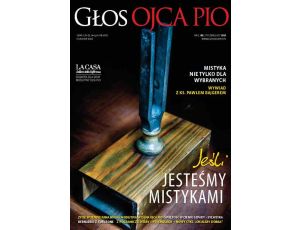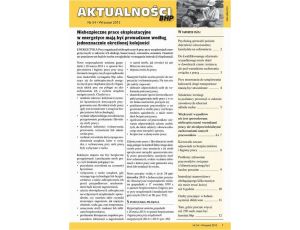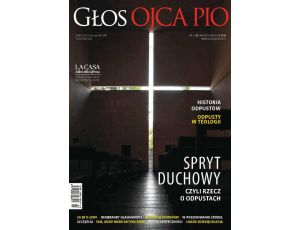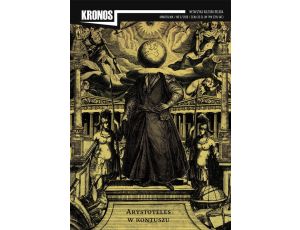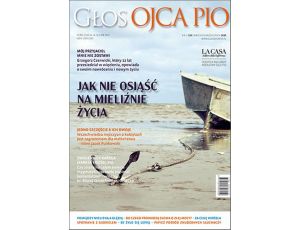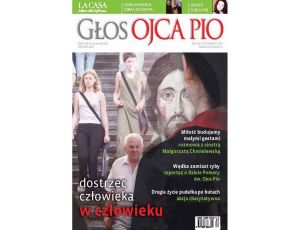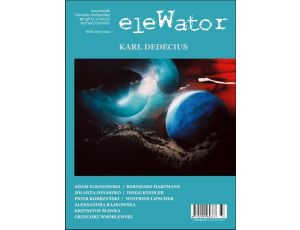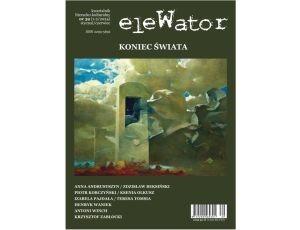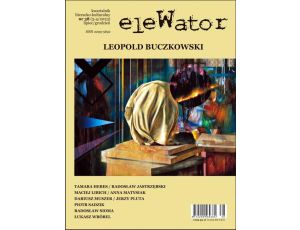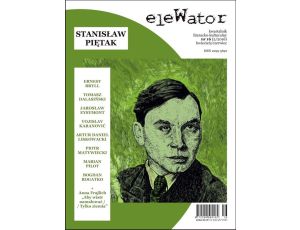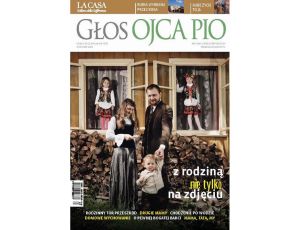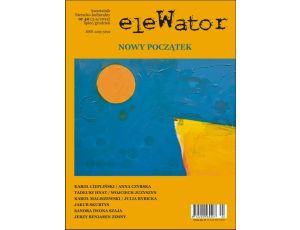Opis produktu
Opinie
Wold Art Studies # 18 (2018)
In 2018 we celebrate the 175th anniversary of the birth of Henryk Siemiradzki (1843–1902), one of the most accomplished Polish painters. He was closely associated with Polish and Russian artistic circles, but spent most of his artistic life in Rome.
He came from a noble family in the formerGrand Duchy of Lithuania (now Belarus). He was born in 1843 in Novobelgorod (today Pechenihy), near Kharkov in Ukraine, the son of Hipolit Siemiradzki, a general of the Russian Army. Henryk Siemiradzki was connected with the Imperial Academy of Arts in Saint Petersburg (which he graduated in 1871), and with the circle of artists living in Rome, where he relocated in 1872. He was awarded and exhibited in the important art-shows; most notably his first taste of international recognition came in the 1873 World Exposition in Vienna, by receiving the ‘medal in art’ for his Christ and the Sinner (The State Russian Museum, St. Petersburg). Thereafter his art was subsequently shown and highly prized in future global world art exhibitions such as in 1876 in Philadelphia, in 1882 in Melbourne and, most significantly, in 1878 in Paris for his monumental Nero’s Torches (Candlestiks of Christianity). Thanks to his generous gift (Nero’s Torches), the first Polish National Museum was opened in Kraków in 1879. The painting Phryne on Poseidon’s celebration in Eleusis, purchased by the Russian Emperor Alexander III, began the collection of what is today’s Russian State Museum in St. Petersburg. After his death in 1903, Maria Siemiradzka, the painters’ wife, donated Christian Dirce that was then exhibited during a posthumous show at the Society for the Encouragements of Fine Arts Zachęta in Warsaw to the Society (today in the National Museum).
In 2018 we celebrate the 175th anniversary of the birth of Henryk Siemiradzki (1843–1902), one of the most accomplished Polish painters. He was closely associated with Polish and Russian artistic circles, but spent most of his artistic life in Rome.
He came from a noble family in the formerGrand Duchy of Lithuania (now Belarus). He was born in 1843 in Novobelgorod (today Pechenihy), near Kharkov in Ukraine, the son of Hipolit Siemiradzki, a general of the Russian Army. Henryk Siemiradzki was connected with the Imperial Academy of Arts in Saint Petersburg (which he graduated in 1871), and with the circle of artists living in Rome, where he relocated in 1872. He was awarded and exhibited in the important art-shows; most notably his first taste of international recognition came in the 1873 World Exposition in Vienna, by receiving the ‘medal in art’ for his Christ and the Sinner (The State Russian Museum, St. Petersburg). Thereafter his art was subsequently shown and highly prized in future global world art exhibitions such as in 1876 in Philadelphia, in 1882 in Melbourne and, most significantly, in 1878 in Paris for his monumental Nero’s Torches (Candlestiks of Christianity). Thanks to his generous gift (Nero’s Torches), the first Polish National Museum was opened in Kraków in 1879. The painting Phryne on Poseidon’s celebration in Eleusis, purchased by the Russian Emperor Alexander III, began the collection of what is today’s Russian State Museum in St. Petersburg. After his death in 1903, Maria Siemiradzka, the painters’ wife, donated Christian Dirce that was then exhibited during a posthumous show at the Society for the Encouragements of Fine Arts Zachęta in Warsaw to the Society (today in the National Museum).
Cechy
| Rodzaj: | eprasa |
| Format pliku: |
|
| Autor: | Agnieszka Kluczewska-Wójcik, Dominika Sarkowicz |
| Rok wydania: | 2018 |
| Liczba stron: | 181 |
